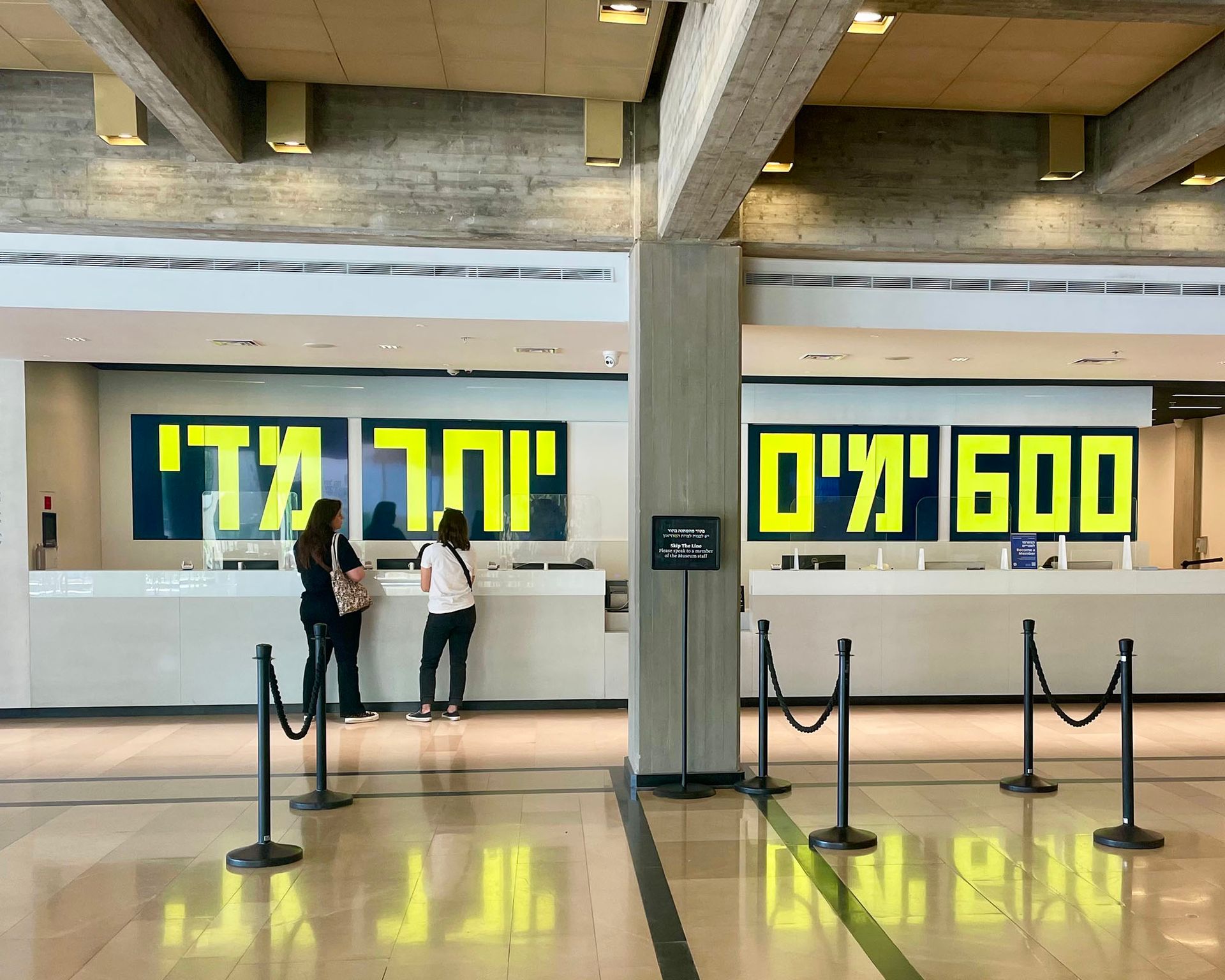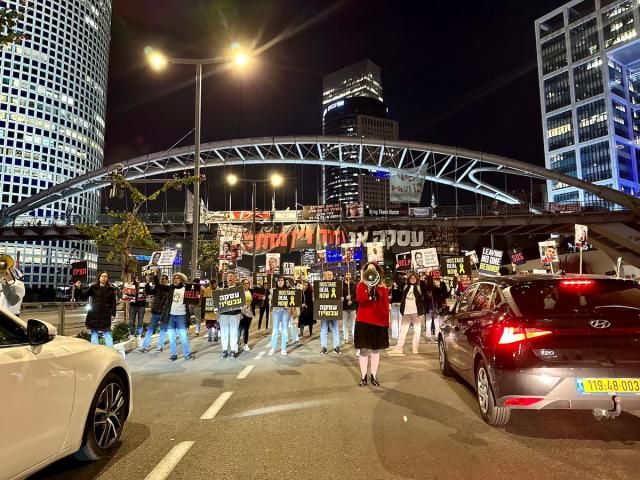A group of Tel Aviv Museum of Art employees has been lining up outside the museum's two public entrances each workday since early April, to stand in opposition for thirty minutes before the institution's doors open to the public. In their words, they could not normalise the situation any longer. The staff-organised protest represents a broad range of stances about ending the war, the hostage situation and the worsening humanitarian crisis in Gaza, mirroring a constant and growing protest movement in Israel.
Standing where the museum's entrance abuts the adjacent Hostages Square—a gathering place and protest site for families of hostages—the staff members’ daily protest is unique among Israeli art museums.
“We stand because the pain has become unbearable,” the museum’s senior curator of Israeli art Dalit Matatyahu, who initiated these protests, wrote in a message to the museum’s employees last week. Last Wednesday (28 May) marked 600 days since the beginning of the current conflict, a day observed with varying protests across the country. “Not everyone is standing for exactly the same reason. A different inner voice speaks within each of us but we stand together in the name of resistance, as a daily reminder, for a silent half hour recognising that we cannot go on as if nothing has happened.”

A sign in the lobby of the Tel Aviv Museum of Art on 28 May reads: "600 days too many." Photo © Karen Chernick
Each person participating stands for something slightly different. Some stand in solidarity with the hostages and other victims of Hamas’s attack on 7 October 2023, some are advocating for a hostage release deal, others for Israel Defense Forces soldiers and reservists, and some stand for the thousands of children, women and men suffering in Gaza with yet others calling to end the war. Though they are museum employees, standing outside it, they are not representing the museum.
When deciding what form their protest should take, there were discussions about whether employees should wait for the labour union or museum leadership to decide on a possible strike—similar to the nationwide labour strike that the museum (and several others) joined in September after six hostages were found executed by their captors. Eventually, not wanting to wait any longer, Matatyahu and others decided to do something on their own, as individuals.
“There’s so much to protest. Every day there’s something new,” Mira Lapidot, the museum’s chief curator, tells The Art Newspaper. “It’s not one versus the other—for the hostages or why aren’t you being vocal about Gaza, or vice versa. It’s about the same horrific disregard for human life. No horizon or constructive plan. Just more and more cycles of despair and hate. It’s insufferable.”

Tel Aviv Museum of Art workers face Hostages Square during their daily protest outside the museum Photo © Karen Chernick
In addition to the manifold reasons to protest, Matatyahu described needing to do something that recognised the stark transition from walking through Hostages Square to the museum each morning, and then continuing to work on exhibitions and programmes. Plastered with bumper stickers, banners, tents and various installations related to individual hostages and the hostage situation at large, the plaza that was once an open space filled with modernist sculptures is now weighted.
“The transition, every morning, from Hostages Square to our work at the museum is very charged,” says Shahar Molcho, the museum’s curator of contemporary art. “We face one of the saddest and most hopeful places and are across from the Kirya [military base] and neighbouring the courthouse. This place is charged and has become an active site of civil unrest, and as employees of an arts and culture institution we feel a moral obligation to stand and recognise that the injustices are unending and continue as long as this war goes on.”



